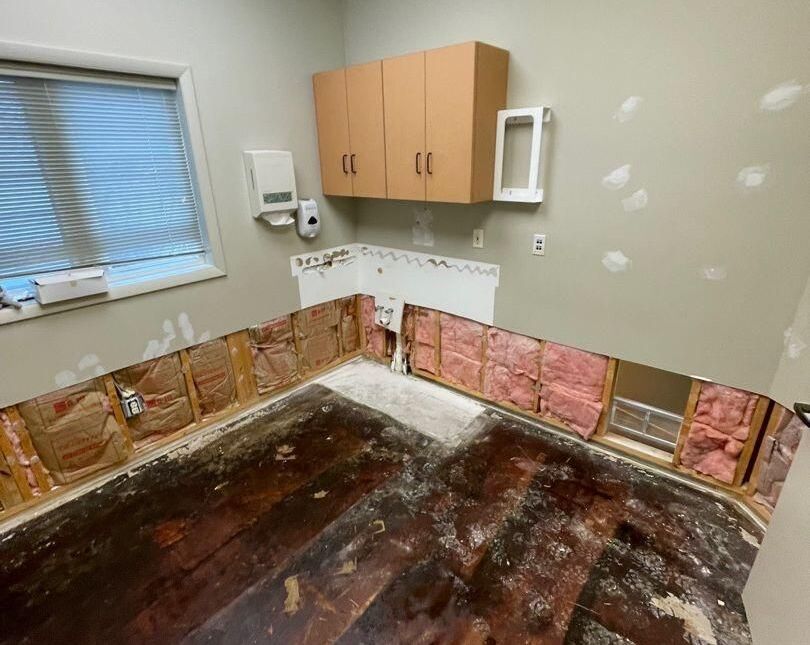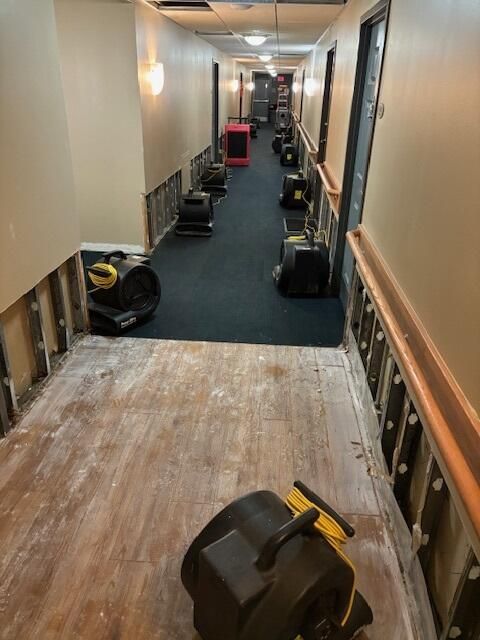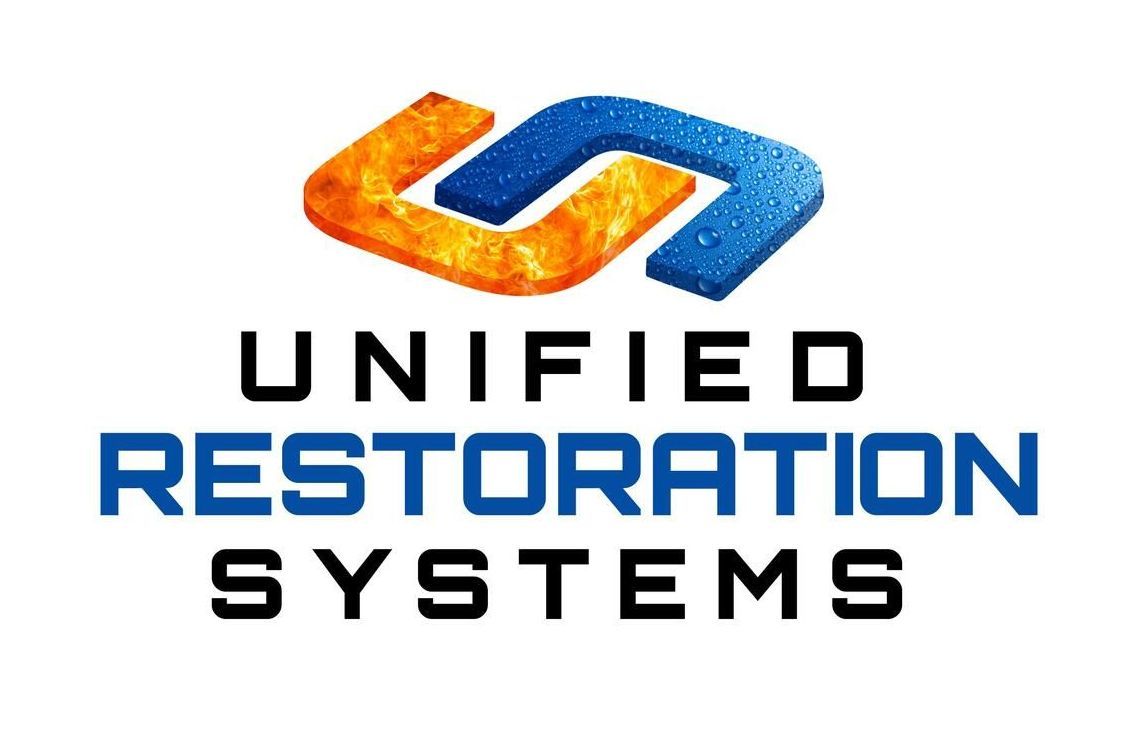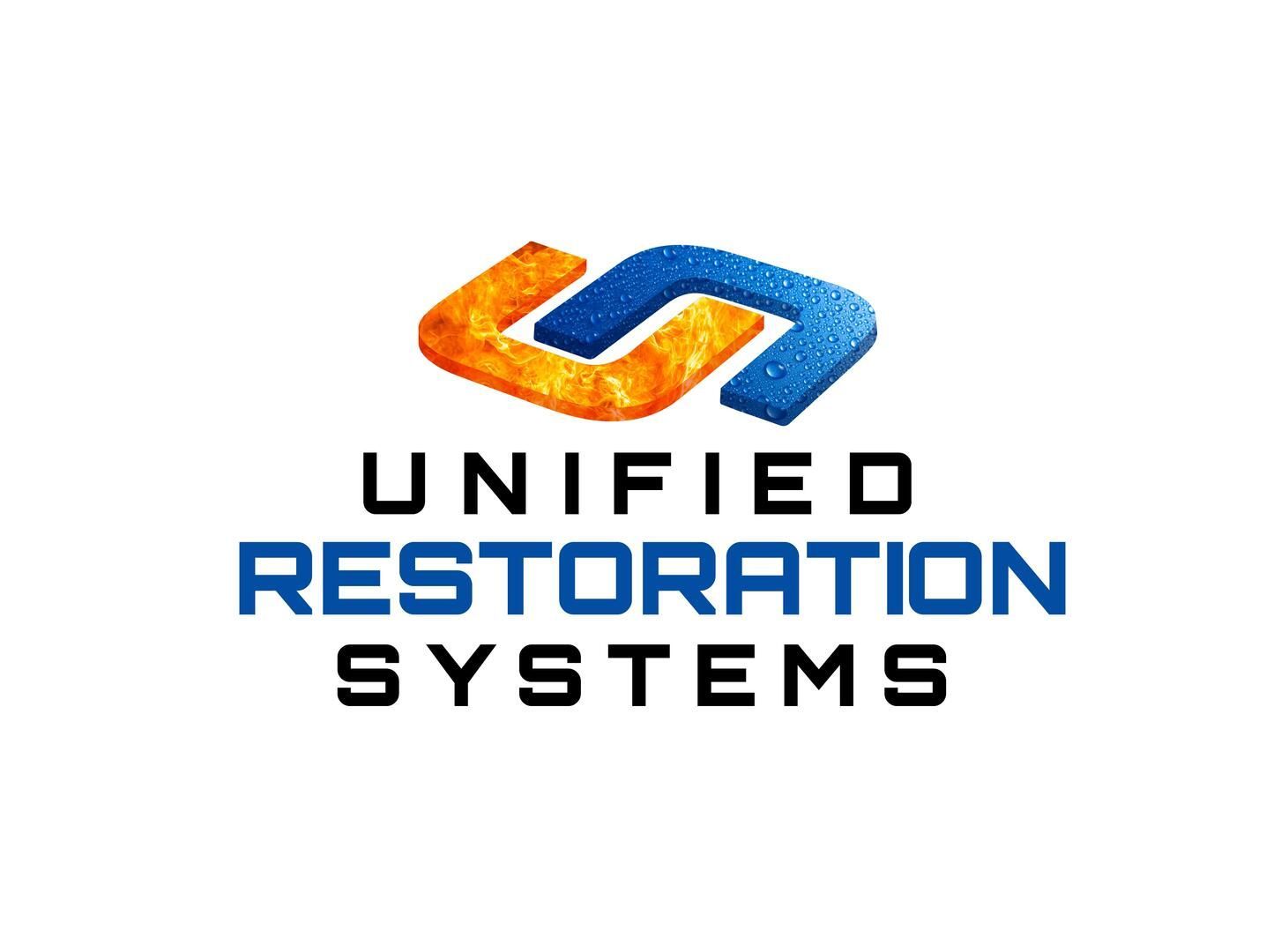Emergency Response Planning and
Risk Assessments
Emergency Response Planning – Crisis Management and Emergency Procedures designed by Unified Restoration Systems to prepare your company ahead of time should a disaster arise.
Take a step back in time and think about middle school fire drills; the alarm would sound and everyone would quickly and methodically form two lines and file out of the classroom onto the playground or parking lot while waiting patiently for the ALL CLEAR.
That is an emergency response plan in a nutshell, and its designed to save lives during an active emergency – This is a service that Unified Restoration Systems now offers to Ohio Businesses, Schools, and Office Buildings in Akron, Canton, Cleveland and everywhere in between!
We have a wide 60 mile radius around our location at 3113 Mogadore Rd, in Akron!

Emergency Response Plans (Also known as Contingency Plans, or Disaster Recovery Plans) are vital for an organization because they provide a structured framework for responding to unexpected events like natural disasters, fires, equipment failures, water intrusion (Mother Nature or Mechanical Failures) and security threats (Breaking and Entering, Cybercrimes, etc).
By outlining procedures for communication and resource allocation, Emergency Response Plans help protect & minimize property damage and ensure business continuity after an active emergency. They also demonstrate a commitment to employee safety and responsible risk management, which can enhance an organization's reputation, fulfill legal requirements, and in some cases, reduce insurance costs.
Planning for a disaster by training employees for a quick and organized response will save lives, save property, reduce financial losses, and reduce company downtime.

Risk Assessments in an Effective Emergency Response Plan (ERP)
Identify potential hazards and sources of damage, called a Risk Assessment.
Unified Restoration Systems will target potential damages that could effect your business and employees.
Some of the core sources of damage are:
- Natural Disasters (earthquakes, floods, hurricanes)
- Man-made Disasters (fires, explosions, chemical spills, active shooter situations)
- Technological Disasters (cyberattacks, power outages)
- Health Emergencies (pandemics, outbreaks)
Tailor the Emergency Response Plan
Unified Restoration Systems provides:
- Customized plans that suit the specific needs, size, and location(s) of your organization.
- A tailored Docusketch of your facility or facilities
- Hard copy and thumb drive for multiple reference options

Emergency Response Procedures – A Structured Framework for Employee Training
Providing training and resources to staff before a crisis will both mentally and physically prepare your team should a crisis happen at your business. These resources should be posted in plain sight and somewhat accessible even to visitors in your establishment.
For example: In every hotel room in America, it is mandated in the Fire Safety Standards that there is a fire escape plan posted near the entrance of the room. This ensures that the people using your services can have a plan of action should a fire break out. The crisis aversion plan clearly shows the quickest and best way to exit the hotel, labeling rooms, stairs, and doors to the outside. They advise that you count the amount of room entrances between you and the exit or stairway – This is a mental preparation.
An example of a physical preparation would be to run drills, or exercises with employees – muscle memory will develop and confidence in the task will grow. Training and cross-training employees as well as posting clear documentation about things like: Where the water main cut off switch is located and how to successfully turn of the flow of water in a flooding event. - Or how employees should behave in the event of an crime – These things do unfortunately happen and an emergency response plan is critical in this time of what would normally produce a panic!
Resource Allocation to Prepare for an Emergency Event
Preparing ahead of time for a disaster should be ingrained into a company committed to Continuity and Employee Safety. Knowing which resources to prioritize during different emergency events is critical.
What resources are available and what might need to be available in an Emergency Response Plan
- Personnel – Includes designating roles during a crisis, and forming teams to respond to certain tasks such as: Calling Emergency Medical Services and Police, directing clients towards exits, or ensuring that backup power is deployed. Training backup response units is also critical, as one team may be cut off from performing their tasks.
- Communication – Knowledge is power, and coordination during an emergency event is crucial to a well designed Emergency Response Plan. Reliable methods for communication are necessary to communicate with teams, individuals, and emergency services. Mass texts, emails, emergency hotlines, and even walkie-talkies can be greatly utilized during a disaster.
- Equipment – Determining where essential tools need to be placed, such as fire extinguishers, chemical suppression systems, backup generators, first aid kits, and even radio communication devices, and how many per floor is part of emergency resource allocation. Equipment can also include on and off-site data backups, cloud storage, and off-site servers for business continuity. Many of these allocations also satisfy commercial safety regulations, for example: Fire Extinguishers in multiple locations and in plain view.
- Supplies – Similar to equipment, supplies can include first aid kits, sanitation supplies, water, food, and personal protective equipment. PPE can include a wide range of equipment, based on expected disasters, such as a chemical factory accounting for a possible spill or contaminant. It may include masks, gloves, body suits, respirators, etc – Whatever is required for first response to the accident or disaster should be provided. Pre-positioning these supplies and maintaining their function is crucial to a well executed Emergency Response Plan.
- Infrastructure and Facilities – Includes the protection of critical infrastructure with physical and digital measures and provides an alternate workspace, should the primary office become unusable. Tools and machinery required for production/continuity, such as generators and servers, should be physically contained and only accessible by required personnel. Emergency facilities include: Medical Tents, Command Centers, Supply locations, and off-site work spaces.
Looking for a Customized ERP for your Business? Prepare with the Best at Unified Restoration Systems to protect your workforce and business property

